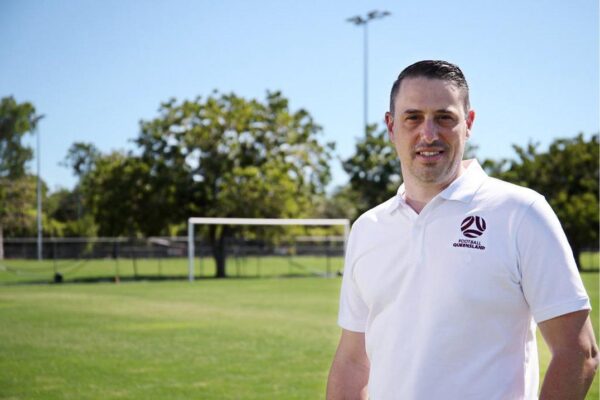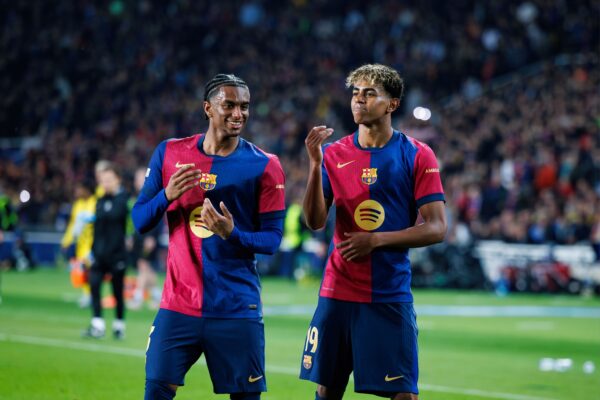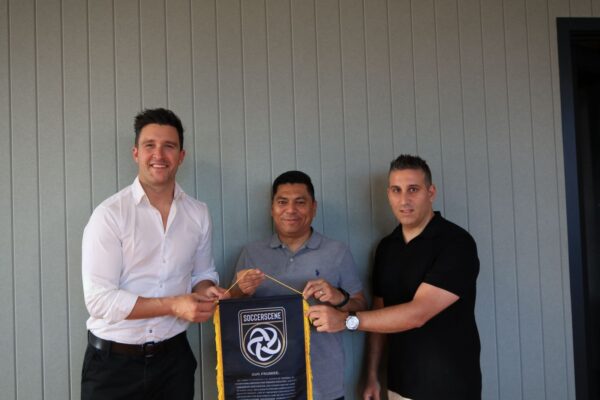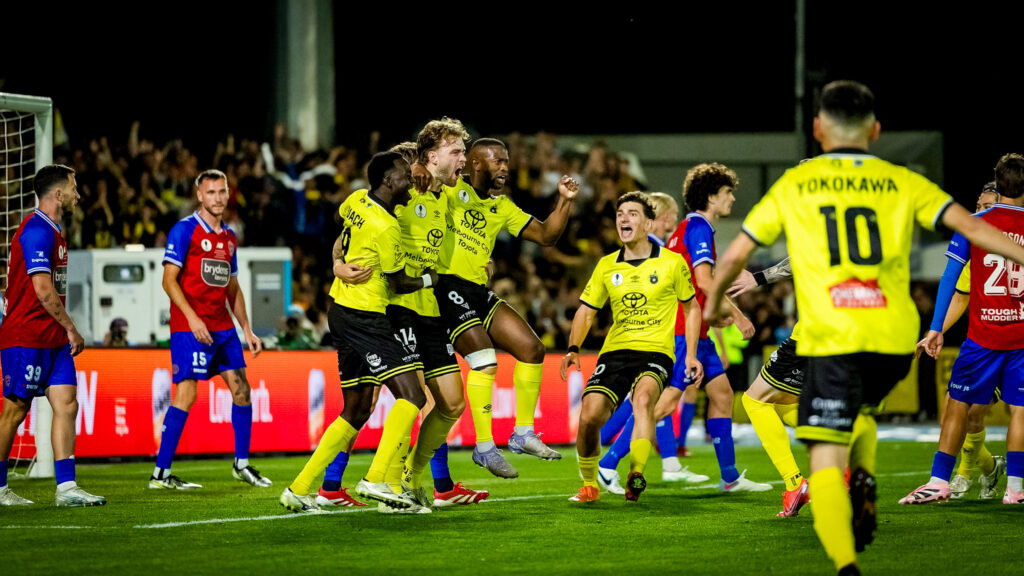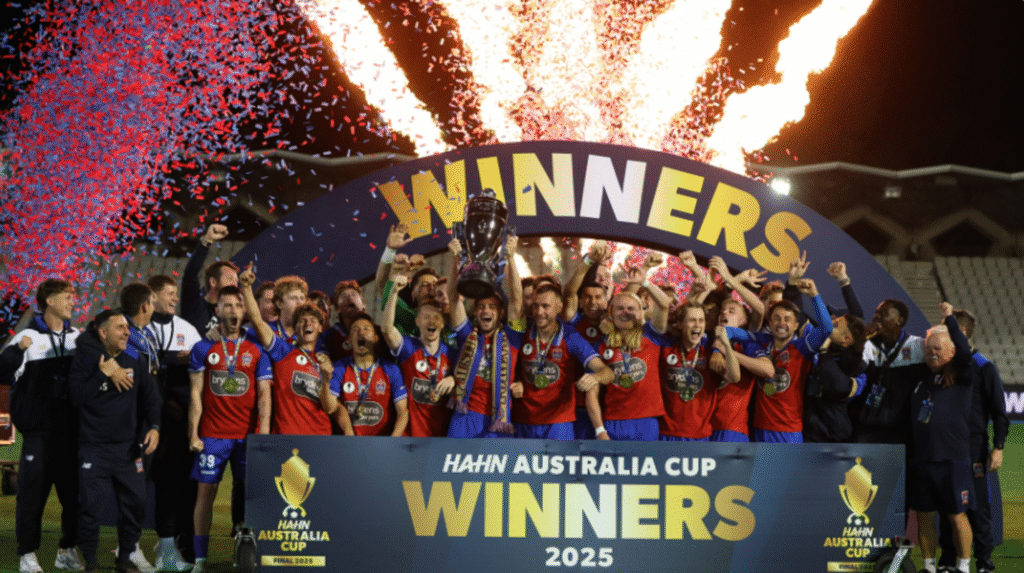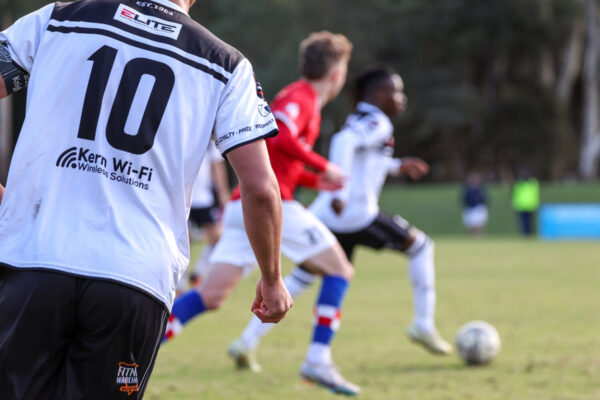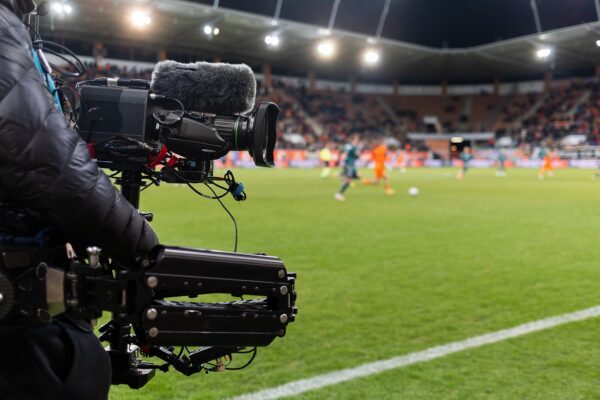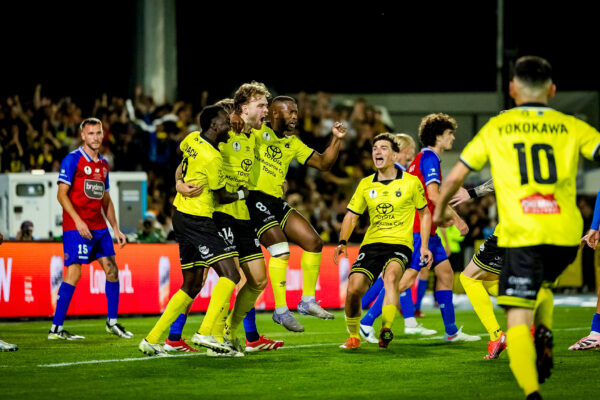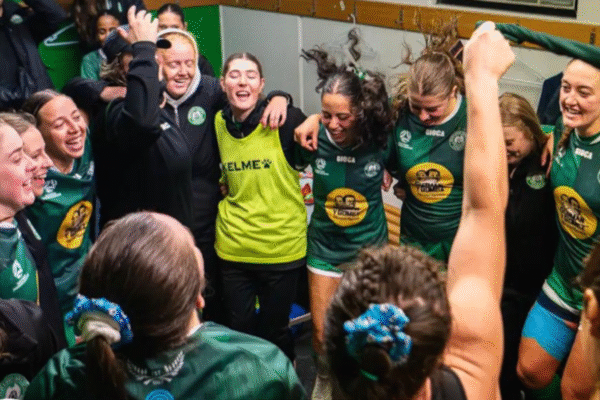
With the Socceroos having achieved a fifth straight FIFA World Cup qualification for the 2022 edition set to be held in Qatar, Soccerscene chatted with Australian football legend, Football Victoria Hall of Fame inductee, and Football Coaches Australia Executive Committee member Gary Cole to touch on the significance of the occasion and where Australian football goes from here.

How momentous of an occasion is this qualification?
Gary Cole: It’s probably not quite as big as qualifying for the first time in ’74, and then going back in 2006. Because they were from huge periods of not going – this is the fifth time in a row now. I think given how tough this qualification has been on the coaching and playing staff – with COVID quarantine, isolation and playing 16 out of 20 games away from home – it’s a remarkable achievement. And all power to Graham Arnold, his coaching team and the playing group that’s been there over the journey. It’s been Australian Socceroos being proud to wear the green and gold and doing everything they could to get us to another World Cup.
With yourself being such a significant part of Australian football’s history and now being a part of Football Coaches Australia, what’s it like for you seeing Graham Arnold reach what appears to be a definitive moment in his journey so far?
Gary Cole: Arnie’s been a wonderful servant of Australian football for such a long time now as a player and then as a coach. In his role as Socceroos coach, he jumped in to get the group to the Olympics and was doing two jobs during COVID.
In his time as a coach, he’s been incredibly giving to not just other Australian coaches and Football Coaches Australia, but coaches in general. He’s been battered from pillar to post, because not every soccer fan in Australia is a Graham Arnold fan. To think there were some people talking about not wanting to see Australia qualify because Graham would get his just desserts, well the just desserts for Graham are the fact that the team did qualify.
You couldn’t wish for success on anyone more than Graham. It’s no different from Ange doing what he did the last qualifying campaign through essentially the same process, albeit without COVID. I just can’t speak highly enough of the man and the way he’s carried himself throughout all of this. Most people didn’t know that he spent time in quarantine in a hotel by himself and was the only guest at the hotel. He moved to the UK and stayed at his grandma’s place to be around the team when people were locked down. Then he got hung, drawn and quartered because he dared to take his dog out for a walk. It is just fantastic to see, and I know how much it’ll mean for Graham as well. There’s a great joy in it for every soccer fan in the country, I think.

It’s pretty remarkable that the 2022 World Cup in Qatar will see the Asian Football Confederation represented by a record six national teams – Qatar, Saudi Arabia, Japan, Iran, South Korea and now, Australia. What do you think that signals about Asian football and where it’s at?
Gary Cole: I just think that there should be a red flashing light and a siren sounding the alarm if we needed that. We moved into Asia with the golden generation team and the region was in awe of our players playing in the Premier League. And even going further back than that in the 70s and 80s when I played, the Asian players have always been technically good but physically we were strong and could intimidate, and we won a lot of games in Asia that way.
Now of course the investment in Asian football, and not just the ‘big six’ but across the entire depth and breadth of Asia, has been heavy because in most of the countries it’s the number one sport. There’s been heavy investment into player development, coaching development and facility development, with a growth in players, coaches and administrators and because of where football is in Australia, we just haven’t seen that same level of investment and the truth is that they’ve caught us up. And many of them have gone by us.
Countries like Thailand and Vietnam have proved that on any given day they can beat us as well, because their investment in football is there. It’s fantastic for the region because we went into Asia and we wanted to have that regular contest, we didn’t actually think that would mean it would be harder for us to qualify. Because it’s not proved a whole bunch easier. But it is great that at all levels we get that regular competition and we can continue to grow our game and get better across all levels of it, if we’re going to be successful in Asia going forward.
With the Socceroos qualifying for the World Cup this year and the Matildas set to co-host a massive Women’s World Cup next year with New Zealand, it seems like there’s a lot of positivity in Australian football currently. How do you think the game’s leading stakeholders and authorities can capitalise on this moment?
Gary Cole: If you look back in our history, one of the most significant challenges we’ve had is that we’ve been divided. For some reason we find it incredibly difficult to get on the same page. This is a wonderful time for the Socceroos and the Matildas. We’ve got Trevor Morgan and our under 23s in a semi-final against Saudi Arabia in the AFC U-23 Asian Cup as well.
There’s so much happening with our national teams, men and women. If we can get more people on the same page then the game is going to be better for it. It will continue to grow and go up but we sort do that begrudgingly with an anchor around our neck. Watching the Socceroos game yesterday, how good were those Peru fans? And what you know is that’s a country where, I’m sure they don’t agree on everything, but when they come together and they put on that red and white it means so much. Wouldn’t it be immense in five or even 10-years’ time that’s the football culture that is developing here in Australia? That only comes from being on the same page.



